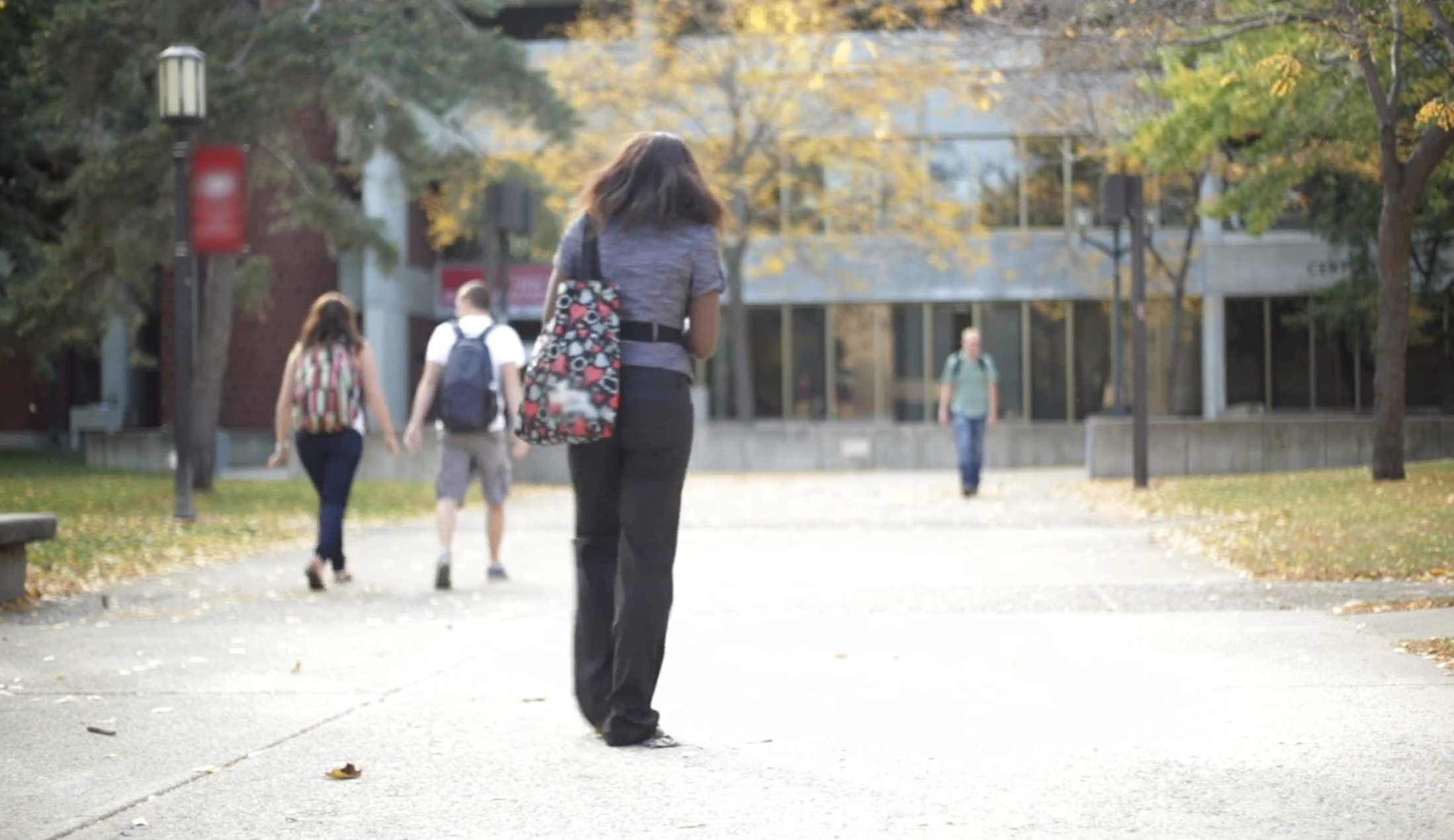
The federal Coronavirus Aid, Relief, and Economic Security (CARES) Act brought some much-needed financial relief for Americans, including specific provisions for people with federal student loans. Eligible federal student loan borrowers got the benefit of a temporary student loan forbearance and a 0% rate, both of which are set to expire at the end of September unless President Trump’s executive order to extend it through the end of the year stands.
It’s worth noting student loan forgiveness is an option for federal student loans — but it’s harder to come by for private student loans. For instance, you may be able to get student loan repayment benefits or reimbursement through your employer, but not all companies offer that.
One thing you can do is consider whether student loan refinancing makes sense. Refinancing could help to lower your interest rate which may also lower your monthly payments, making private student loans more affordable.
It can be helpful to run the refinancing numbers using an online student loan refinancing calculator to see how much you could save with a lower interest rate and monthly payment. Keep in mind, however, that if you have limited or poor credit, you may need a student loan cosigner to qualify for the best rates.
However, the same advice does not apply to those with federal student loans. If you were pursuing student loan forgiveness for federal loans before the coronavirus pandemic, you might be wondering how taking a break from payments might affect you. As the CARES Act student loan benefits wind down, it’s good to know what comes next if you’re trying to qualify for the Public Service Loan Forgiveness (PSLF) program.
Payment suspension counts toward some loan forgiveness
The good news is that the temporary student loan forbearance under the CARES Act won’t count against you for student loan forgiveness. According to the Consumer Financial Protection Bureau, suspended payments still count toward student loan forgiveness as long as all other conditions of the forgiveness program are met.
It’s important to note that to qualify for Public Service Loan Forgiveness, you first need to have an eligible loan. At this time, only direct loans are eligible for student loan forgiveness through the program. So, if you had direct loans that you were paying off prior to the CARES Act, any suspended payments through the federally mandated grace period wouldn’t count against you.
Instead, those missed payments would be treated as if you’d made them yourself, helping you stay on track for the 120 consecutive on-time payments required for Public Service Loan Forgiveness. This is assuming that you’re still employed full-time in an eligible public service job during the forbearance period, said Fred Amrein, founder and CEO of PayForEd.
You must recertify employment for PSLF
Under the terms of federal student loan forgiveness, you have to certify your employment to remain eligible for the program. That means working for an approved employer in the public service sector. Recertification is critical this year, Amrein said, since so many borrowers have lost or changed jobs because of coronavirus.
If your employment status or employer changed due to the COVID-19 pandemic, you’ll need to recertify your employment for Public Service Loan Forgiveness. And even if you didn’t have any major employment changes, you’ll still need to recertify once per year to stay in the program.
You can fill out the necessary form through the Department of Education’s website. Note that you’ll need to print it out and have your employer sign it before returning it to the Department of Education. Once it’s received, your employment certification is reviewed to make sure you’re still eligible for PSLF.
You must recertify income for income-driven repayment
Choosing an income-driven repayment plan while pursuing student loan forgiveness makes sense for a couple of reasons. For one thing, if you’re working a public service job, you may not be earning enough to pay federal student loans, according to the standard repayment plan. Besides that, income-driven repayment can help lower your payment so you can maximize the amount of student loans that are forgiven.
If you’re already on an income-driven repayment plan, you’ll need to recertify your income each year. The Department of Education uses your recertification to track any changes to your income or family size that might affect your eligibility for an income-driven repayment plan.
You can log in to the Department of Education website to start the recertification process. If your income has decreased significantly because of a coronavirus-related job loss you can also submit a request to have your monthly payments recalculated.
One thing to note, said Amrein, is that you’ll have more time to recertify this year.
The CARES Act allows federal student loan borrowers to take advantage of a six-month extension. “This could have a significant impact for some people since it may change the income numbers that will be used, which will be the most recent tax return on file.”











